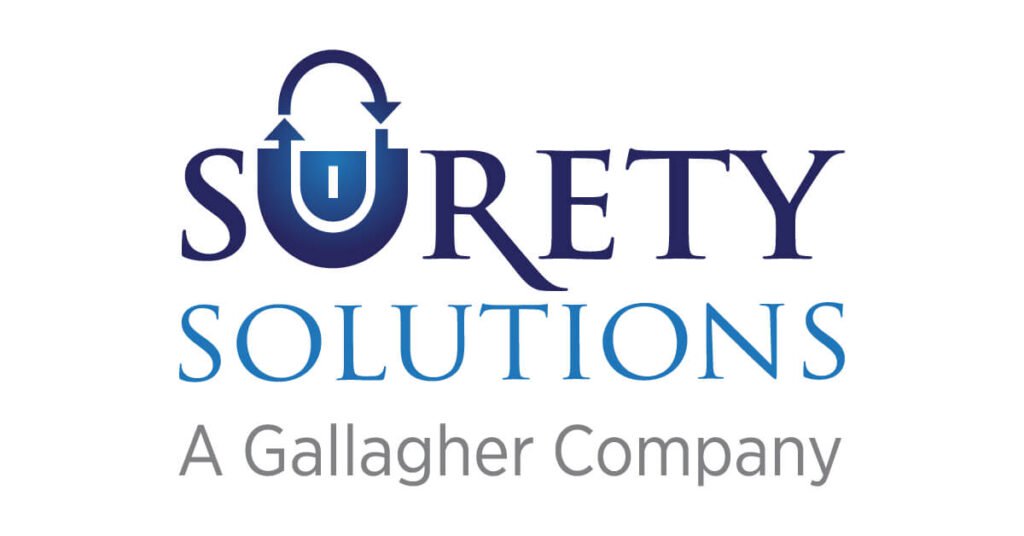
Online reviews do matter. Before giving 8 ways to respond to a negative online review, here are a few do’s and dont’s to follow:
- Do: Evaluate Your Reviews
Make sure to regularly evaluate your online reviews so you can recognize patterns. Are you getting a lot of great reviews about your email response speed? Awesome. Make sure you lean on that strength; make your email address accessible for future clients. Get a negative online review? It could just be an outlier. Get many negative online reviews that all comment on how you never return calls? Maybe it’s time to investigate and figure out how to manage your voicemail.
- Do: Think Before You Reply
Before responding to any review—good or bad—make sure to pause. Consider how replying to a single review will look to others. Will you continue to respond to all reviews, or just the bad ones? Make sure you remain consistent across all media platforms so that your customers don’t think their review didn’t get seen. If it is a bad review, make sure to have a level head before replying.
- Don’t: Take a Bad Review Personally
A negative online review does not mean you or your company is bad. It just doesn’t. So don’t think it.
- Don’t: Instantly Try to Remove the Bad Review
As hard as this is to refrain from doing, don’t instantly remove the bad review from wherever it was posted. Take the high road and respond appropriately. A bad review is not a problem for you or your company, especially if you turn the bad review into a good experience. How do you do that? Here are 8 ideas:
8 Ways to Respond to a Negative Online Review
#1: Use the Walt Disney Company’s HEARD Approach:
Hear: And more specifically, listen. Give the customer the opportunity to tell their complete, uninterrupted story.
Empathize: Empathy creates an emotional connection, a trust that is crucial to demonstrating an authentic willingness and ability to help the customer. Consider using phrases like “If I were in your shoes…” and “Your reactions are completely normal…” to validate the customer’s feelings.
Apologize: Sometimes, this is all the customer is looking for. The power of a sincere apology should never be underestimated. You must take ownership and remember, the manner in which you apologize matters greatly — apologies cannot be scripted.
Resolve: Speed is critical to recovery and is best achieved when the maximum amount of authority possible is delegated to employees.
Diagnose: Seek perfection, settle for excellence. Remove any personal guilt and examine the processes related to the service failure. Returning customers will appreciate your efforts to improve the experience.
#2: Offer to Mend the Situation
If the bad review said your service or product was waste of money, provide a refund if possible. Can’t offer a refund? Send a gift card to the individual in hopes of patching up the bitterness. Insurance companies report that over half of dissatisfied customers who get a refund either change or write a new review. (And a more positive one at that.)
#3: Send a Hand-Written Note
There’s something about snail mail that is special and different than any other form of connecting. It is real, it takes time, and it costs money for a stamp. Need some inspiration? Check out these real-life apology examples.
#4: Ask for Input
People want to be heard. When a bad review comes in, surprise the reviewer and ask for further input from them. How could you improve the situation? If they were in your shoes, what would they do? Asking for further impact keeps the conversation going and in the right direction: solving the problem. Here’s a great example below:

#5: Show the Steps You’re Taking
Instead of pointing a finger, show the steps you’re going to take. Explain what you’re going to do to prevent the situation happening in the future. Then, most of all, follow through.

#6: Create (Positive) Content
I don’t mean create fake positive reviews. That is not the answer. Instead, create content that emphasizes you or your company’s strengths. Won any awards, been honored at any functions? Talk this up, post pictures, and remind your audience what you do best. If you aren’t telling your story, someone else will for you.
#7: Respond Privately
Instead of making everything public, respond privately. It’s more direct and it takes the conversation out of the public eye.
#8: Have Someone Else Respond
Have trouble keeping your cool? Find it hard to not take negative reviews personally? Consider having someone else do the responding. This could be someone in your marketing department or just a designated person in your office. Make sure the individual reads this blog post first, though. 🙂
If you do feel it necessary to remove negative reviews, here is an infographic on how to remove negative Yelp reviews courtesy of ReviewPush.
Related links:







